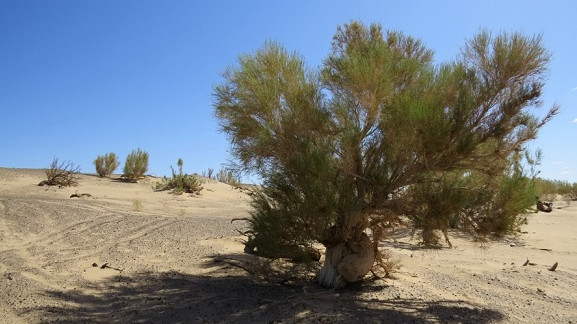Citing Uzbekistan’s Ministry of Justice, Russia’s RIA Novosti reports Uzbekistan plans to plant some 500,000 hectares of the Aral Sea’s dead zone with trees in an effort to promote the ecological recovery of the region.
According to RIA Novosti, the Uzbekistan’s authorities plan to allocate 100 billion sum (equivalent to 12 million U.S. dollars) for these purposes.
The loss of water has caused many major problems. A new desert called Aralkum has arisen that already has consumed more than 5.5 million hectares of arable land.
The Aral is an inland sea between Kazakhstan and Uzbekistan, to the east of the Caspian Sea. At one time, it was the world's fourth-largest inland body of water — after the Caspian Sea between Europe and Asia, Lake Superior in North America and Lake Victoria in Africa.
The Aral Sea started to shrink in the 1960s when the Soviets diverted water from the two main rivers that flowed into the Aral Sea to feed vast new cotton fields.
As the volume of water decreased, the concentration of salt increased, poisoning everything in the sea.
The Aral Sea has reportedly shrunk to 10% of its former size – an area of water as big as Ireland has been lost. The loss of the Aral Sea in Central Asia is an ecological disaster.




